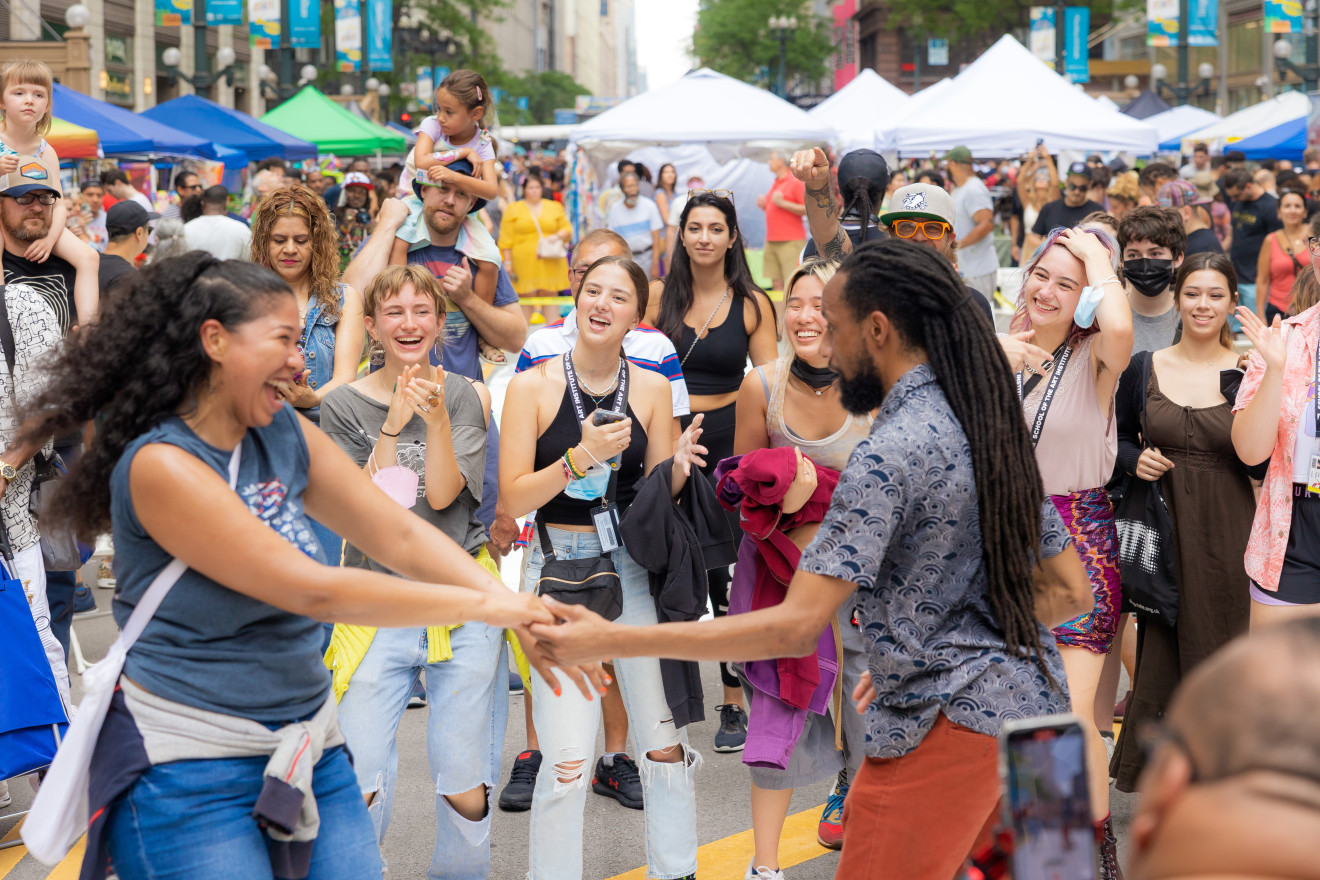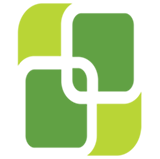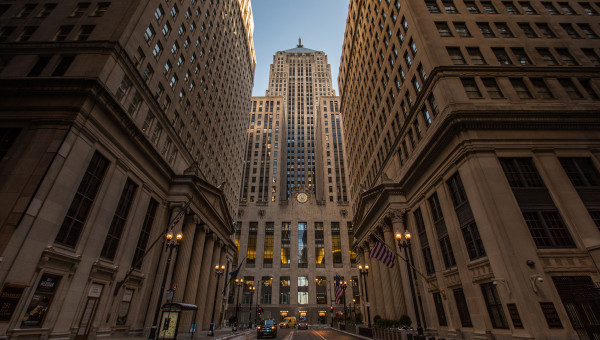Posted 3 years ago in Trending
2 MIN READ -- A two-year planning process to update the City’s 2003 “Central Area Plan” with contemporary, community-driven objectives will create a more equitable and resilient downtown on behalf of all Chicagoans, Department of Planning and Development (DPD) Commissioner Maurice Cox recently announced.
Formally started this week following small, stakeholder engagement sessions and data gathering that began last fall, the two-phase update will produce a framework for downtown improvements for the next 20 years.
Public engagement activities for the 2024 “Central Area Plan Update” will kick off with a virtual community meeting at 6 p.m. Thursday, April 27. Registration and more information is available at Chicago.gov/CAP2024.
“Two decades have passed since the Central Area Plan was adopted and, as the plan anticipated, it’s time to consider a new set of downtown objectives that align with citywide needs,” Cox said.
“The 2003 plan successfully contributed to an expanded commercial district in the West Loop, revitalized waterfronts and new open spaces, and high-density mixed-use corridors throughout downtown,” Cox said. “Today, we have to evaluate and respond to the impact of online shopping, remote work, virtual classrooms and other trends that are impacting how the area functions within the context of the entire city and region.”
The first part of the two-phase planning process includes an assessment of current conditions and visioning opportunities for stakeholders that will involve surveys, public meetings, community events and other activities through August 2023. Residents and workers will be asked to consider the impact of recent improvements like the “Loop Link” rapid transitway, what aspects of the downtown economy needs the most assistance, and how local infrastructure can better serve commuters and residents, among other needs.

The second phase will include the City’s review and refinement of public input, the creation of a draft framework, and additional public review. A final framework could be presented for adoption to the Chicago Plan Commission in fall 2024, when it would serve as a formal roadmap for downtown improvements, public spending, and private-sector investments.
“During this transformative time for downtowns across the country, a forward-thinking, community-driven planning process is crucial to keeping Chicago a world-class destination for generations to come,” Chicago Loop Alliance President Michael Edwards said. “We know re-envisioning the central area creates potential for exponential growth in the key sectors that make our city and downtown accessible, enjoyable and exceptional for all.”

Next week’s webinar participants will review visioning opportunities and demographic data compiled by Esri, the U.S. Census Bureau, the Illinois Department of Employment Security and other sources, such as:
- The central area gained approximately 120,000 jobs since the 2003 Central Area Plan was adopted.
- The central area today contains more than half of the city’s jobs but less than 10% of its residents.
- More than half of downtown jobs are held by Chicago residents, with North Siders representing the largest geographic population group.
- The central area’s population tripled since 2020, making it the fastest growing downtown among major U.S. cities.
- Black and Latino households represent less than 20% of the downtown population despite comprising nearly 60% of the city’s total residents.
The planning process will also leverage select implementation projects from the 2009 “Central Area Action Plan,” the 2021 “Central City Recovery Roadmap,” and the 2023 “We Will Chicago” citywide plan, including We Will’s planning pillars involving Housing & Neighborhoods, Economic Development, Arts & Culture, Public Health & Safety, and other topics.
“Chicago Central Area Committee’s mission is to make Chicago the best place to live, work and invest. The only way to achieve this is long-term planning that is strategic and includes all of the stakeholders and the world’s most experienced and engaged planners and experts,” Chicago Central Area Committee Executive Director Mark Hopkins said. “We look forward to working closely with the City again, as we have since 1956, to bring our members’ expertise to the Central Area Plan Update process and the results that will certainly come as a result.”
The area’s 7.2-square-mile geography aligns with the City’s Downtown (D) zoning district, which is approximately bounded by Division Street on the north; portions of Ogden Avenue, Ashland Avenue and Halsted Street on the west; portions of Cermak Road and 26th Street on the south; and Lake Michigan on the east.

For more information about the planning process and public engagement opportunities, visit Chicago.gov/CAP2024.


